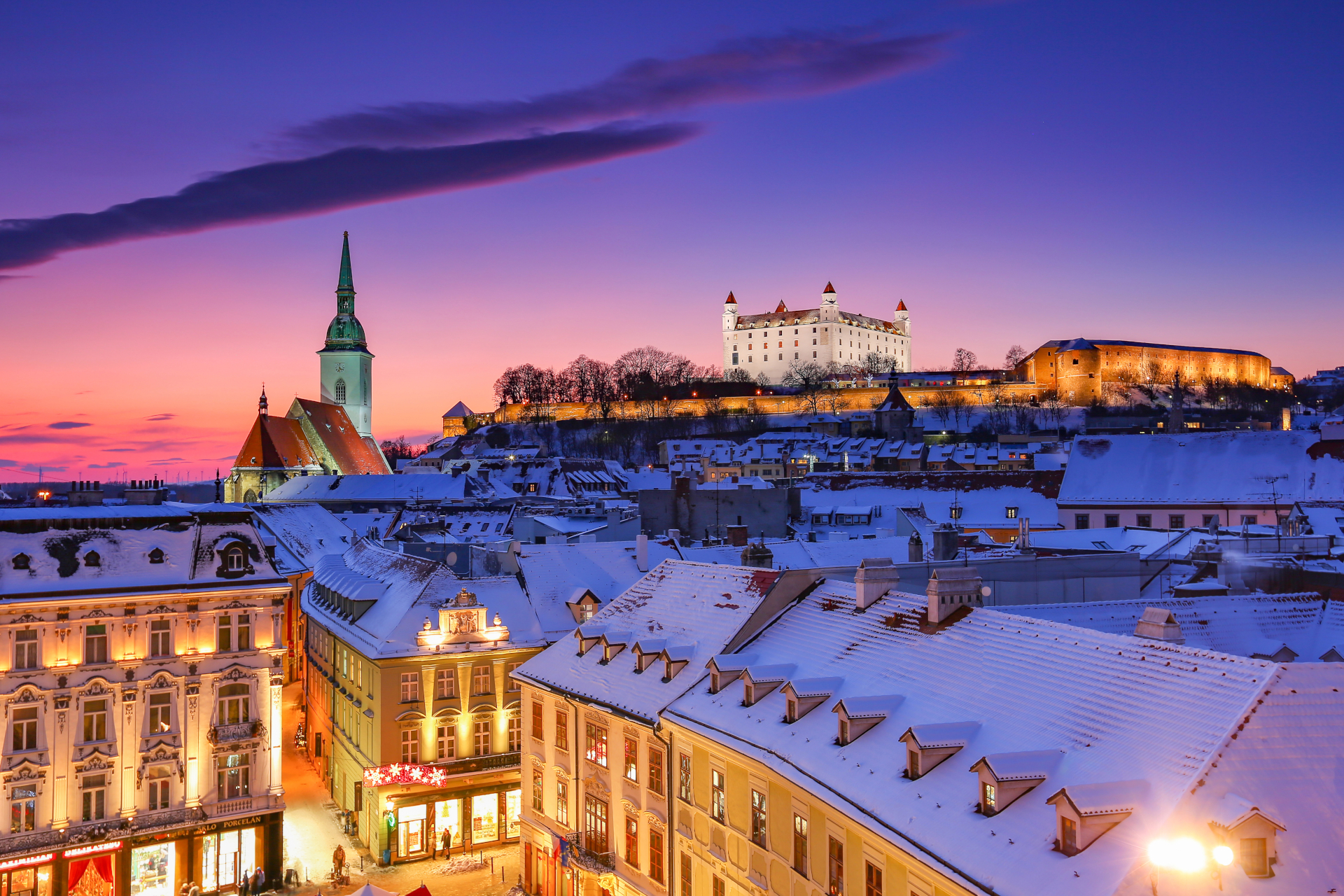What is Christmas like in Bratislava?
The last third of autumn belongs to Advent. After that, Christmas is just around the corner
Christmas is the time when we finally can sit down and enjoy the most festive dinner of the year with our loved ones, relax and remind ourselves what is really important in life. These are the most popular holidays of the year. We slow down and recharge our batteries. If possible, we all try to spend Christmas where we feel like home. Just like hundreds of thousands of people in the capital of Slovakia. So, what is Christmas like in Bratislava?
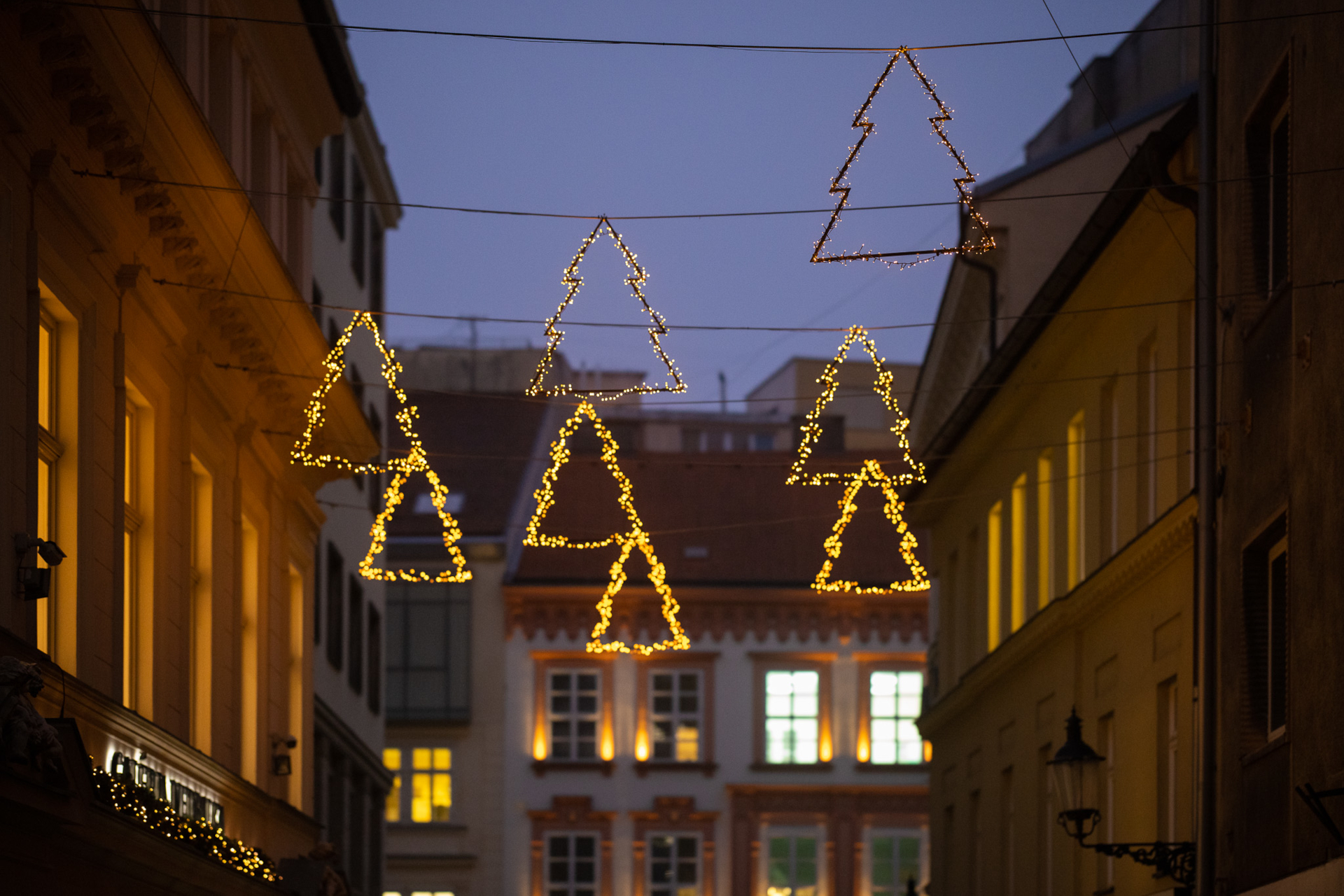
Peaceful. As dusk falls on Christmas Day, the city quiets down, traffic slows down, and we could just hear a quite buzzing behind the closed doors. As many people travel to their birth cities to be with their families, Bratislava may seem deserted at that time with only locals and those working over the Christmas staying.
After the pre-Christmas rush, when everyone tries to get things done in advance, buy the last gifts and supplies and be home as soon as possible, quiet time takes hold. City public transport operates in a special holiday mode, shops and services close for a time, and even cars drive somewhat more carefully. With the arrival of Christmas Eve, the hustle and bustle of the big city gives way to homey atmosphere.
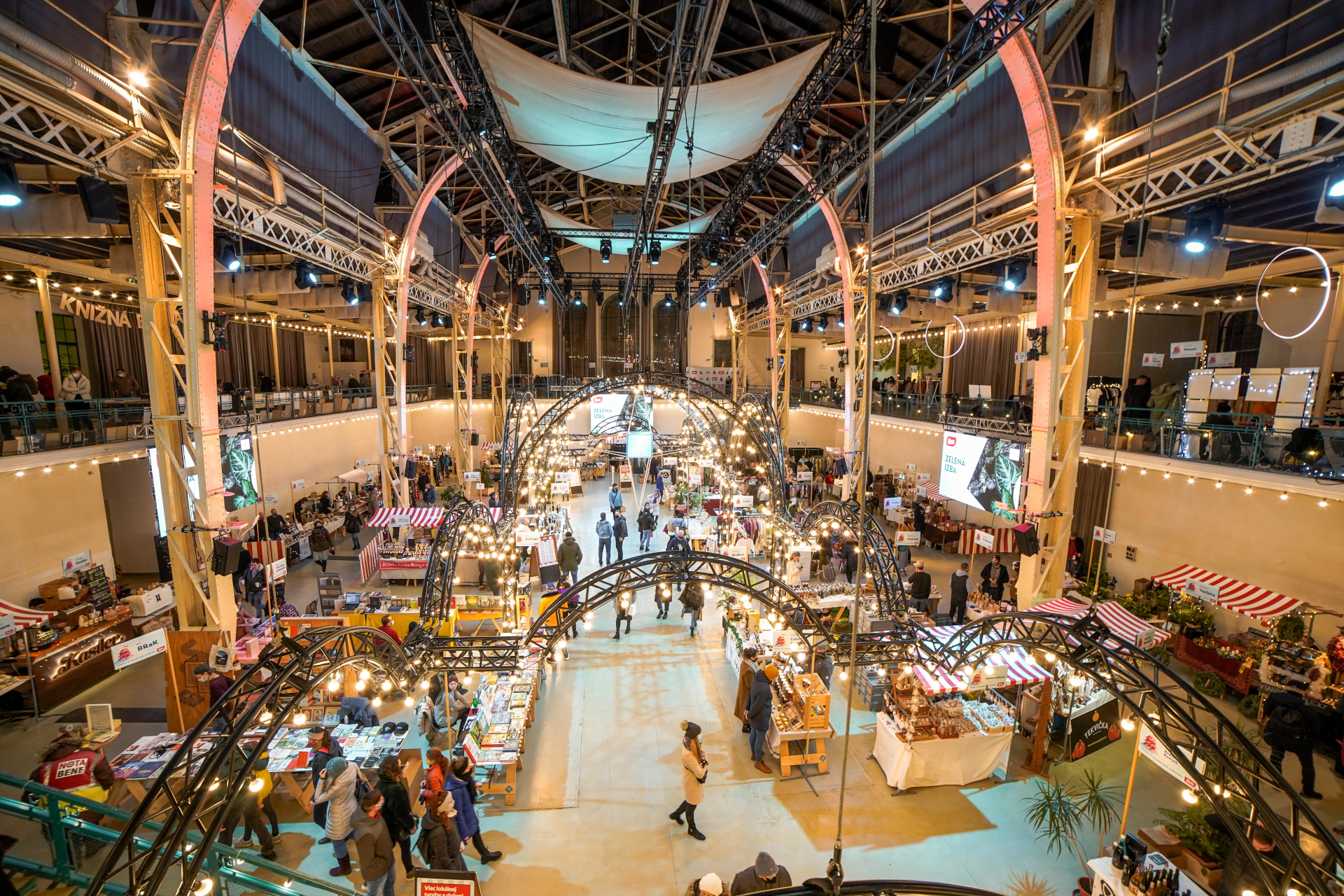
That’s when the joyful anticipation comes, especially children are experiencing those priceless moments of happiness. Late in the evening, Roman Catholics celebrate the Solemn Mass, and everyone who is out at this time is delighted by the ubiquitous symbols of Christmas.
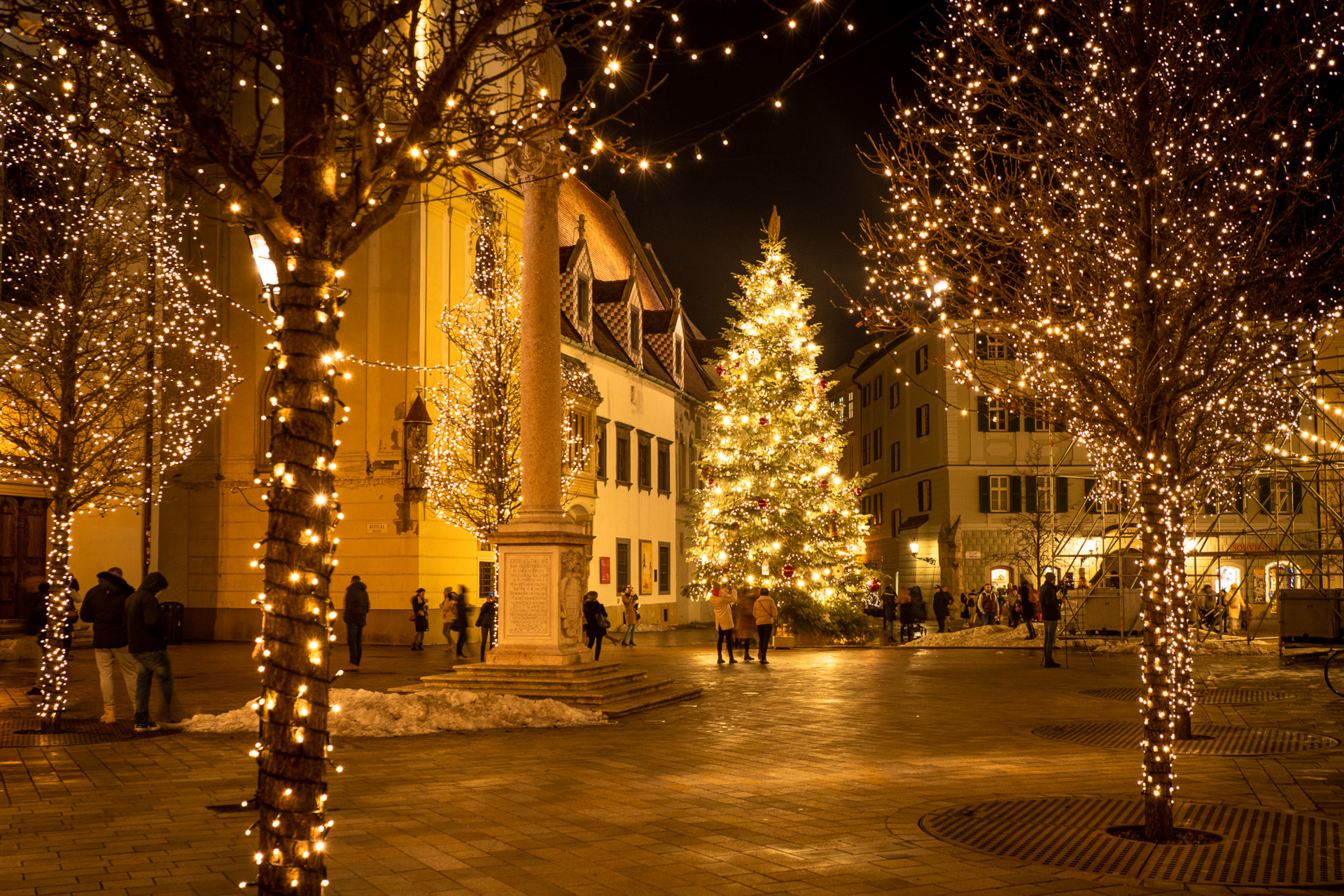
The Advent wreath, as we know it today, was the idea of the German evangelicals. German Protestants used wreaths made of green plants in the Advent season as early as the 16th century, but the tradition of the Advent wreath did not arise until the first half of the 19th century.
Evangelical pastor Johann Hinrich Wichern is the man behind the Advent wreath as we know today. He dedicated his life to raising children, helping the poor and needy. In addition to theological and educational activities, he published a monthly magazine, founded a network of hostels for travellers and was also instrumental in changing harsh living conditions in the Prussian prison system.
In 1833, he established an educational institute in Horn, one of Hamburg’s eastern suburbs, for poor children and the mentally ill youth and adults. Here, under his care, abandoned children were given a roof over their heads, warm food and an opportunity to learn a trade. Around the beginning of December, the children, obviously, kept asking Wichern how many days were left until Christmas. Tired of questions, he made a wooden wreath with 24 candles for children in 1839. The four thicker white ones on it symbolized the number of Advent Sundays, the remaining nineteen red ones the other days. Every day he lit one candle to keep children from asking this tedious question (not to say that everyone in the shelter breathed a sigh of relief).
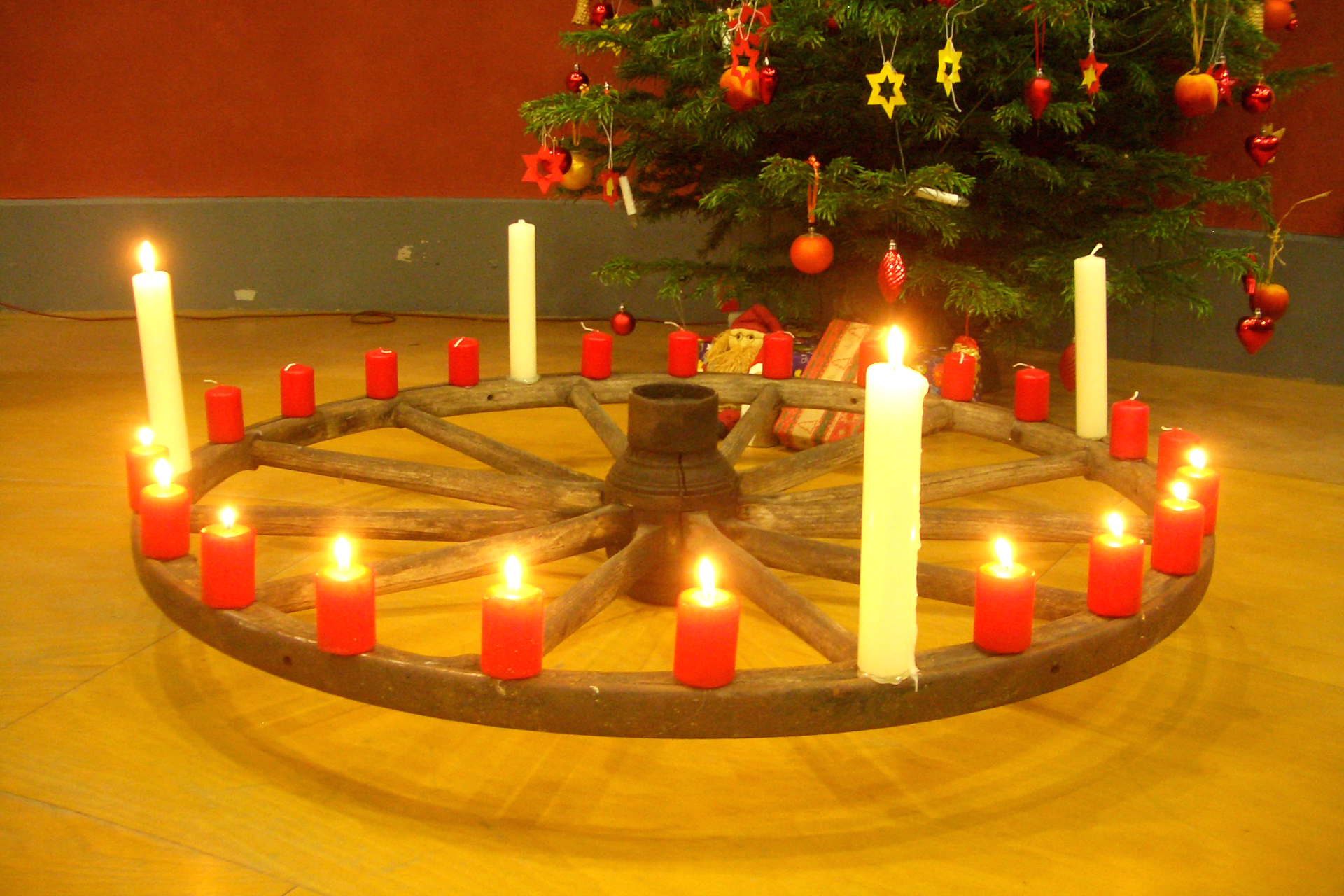
This custom became popular in German evangelical circles, and was gradually adopted by German Roman Catholics. In the 20s of the 20th century, it spread rapidly throughout the world. Currently, it is a typical element of Western Christianity, but the wreath is also popular among the members of Eastern Christian churches living in the sphere of influence of the Latin Rite.
In the beginning, the wreath consisted of a wooden wheel and candles, later bristles, ribbons and then various decorations related to the winter season were added. The number of candles was reduced to four or five. The wreath was hung on the door or on the ceiling. Today, there are no limits to decorations, placement or size of Advent wreaths. In Germany, however, classic Advent wreaths are still immensely popular. The traditional Wichern wreath hangs in the German Bundestag every year.
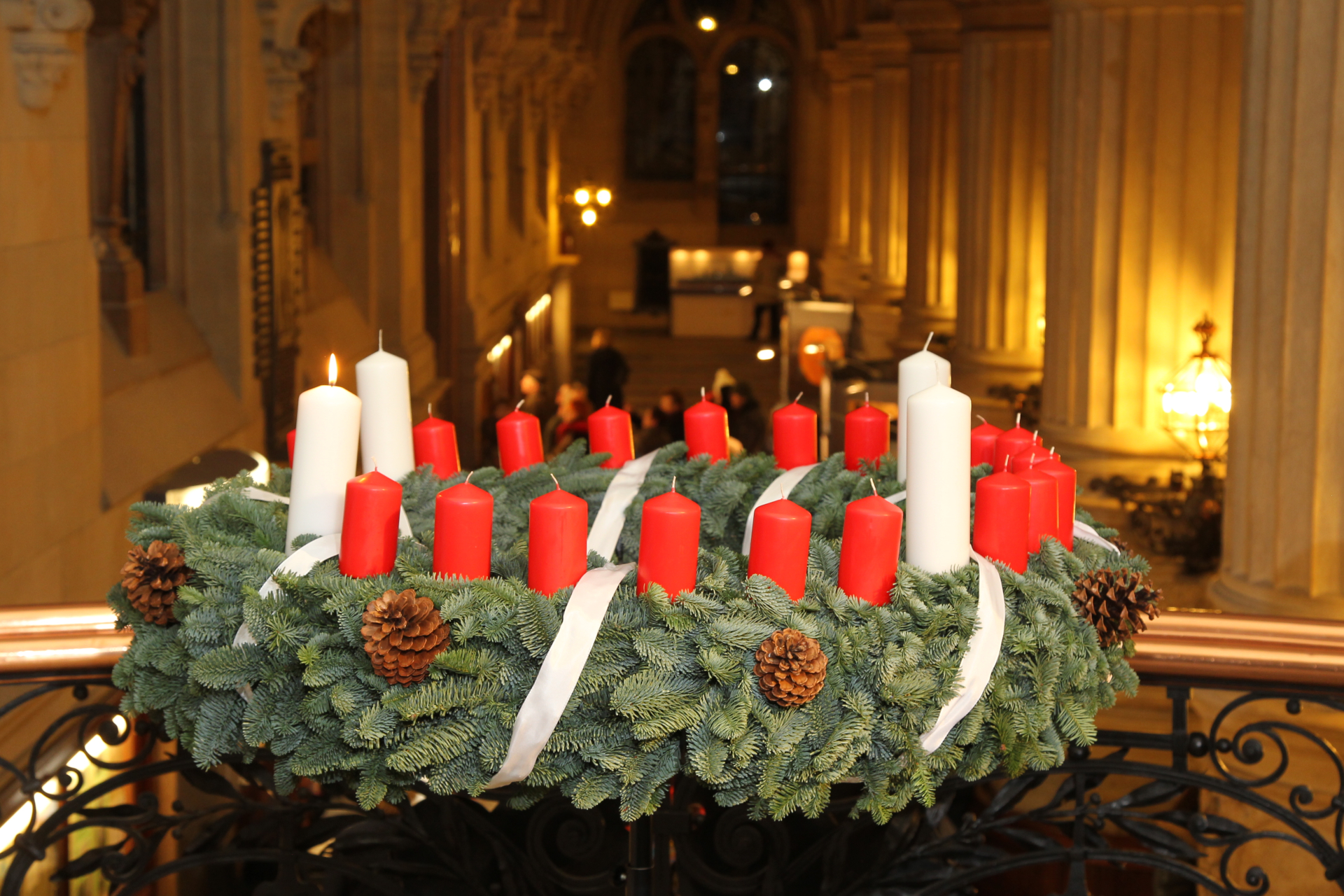
Bratislava also has its Advent wreath. You will find it on Hviezdoslav Square. One candle is lit every Advent Sunday, the last one on December 18. Much like the nearby Christmas tree, this Advent wreath is also the largest in the city.
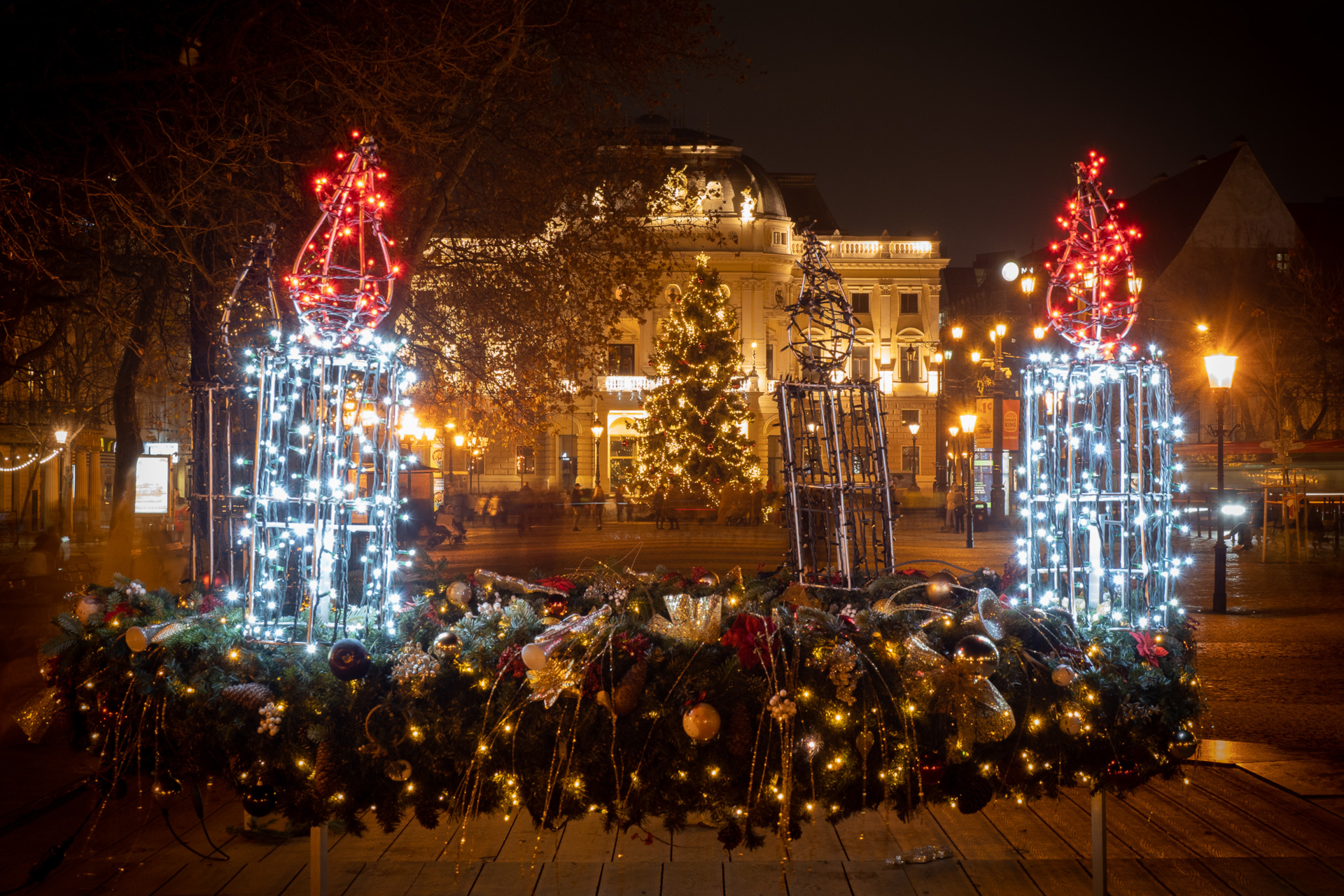
Decorating the Christmas tree has its roots in old Slavic pagan traditions. The habit of decorating trees comes from the Baltic Hanseatic cities. It reached its German counterparts in the 16th century when the local guilds began to decorate trees with decorations and lights in their headquarters. Since the 17th century, the habit of decorating trees with decorations has also taken hold in private houses. Since the 18th century the tradition of decorating trees with burning candles got a strong hold over the population.

This tradition was a Protestant affair for centuries, and for many years a largely urban custom. From the German Protestant cities, the custom of decorating a Christmas tree spread to the world in the 19th century. The custom began to penetrate into Slovakia from the German-speaking evangelical population at the end of the 18th century. At first, it was popular mainly in the cities, where it was the privilege of richer households, and only later it gained its momentum in the countryside. Here, the tree branches hanging from the ceiling, most often above the table, were decorated.
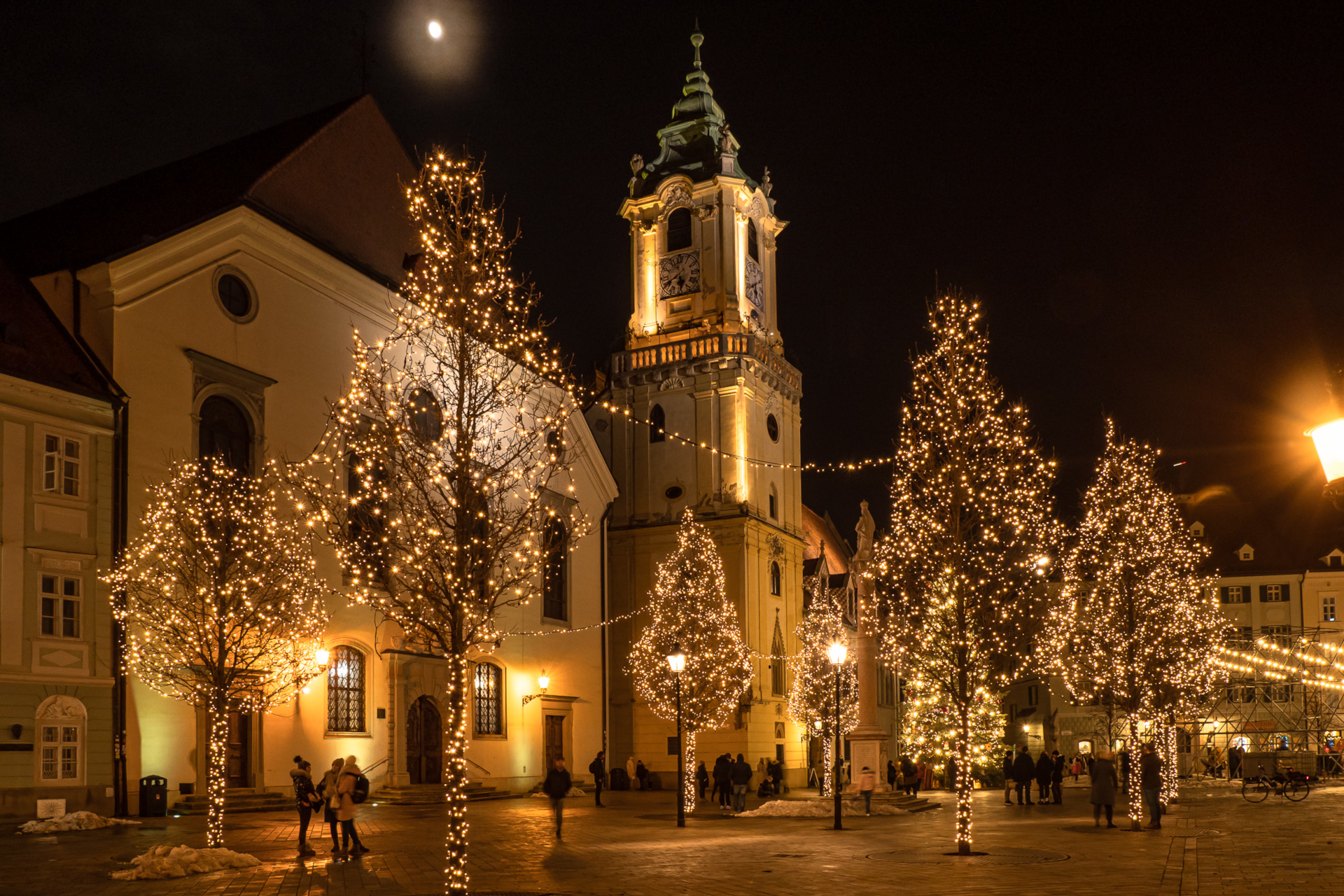
In the former Pressburg (at that time a German-speaking town), Christmas trees appeared relatively early. The custom of having a decorated tree at home spread from the west of Slovakia to the east and penetrated into the peasant culture significantly only during the times of the First Republic. The custom took hold in the areas of the Eastern Christian rite after the Second World War. At the beginning of the 20th century, family members began to exchange gifts.

In addition to households, Christmas trees were placed also in the premises of evangelical churches and public institutions, such as schools. The originally Protestant custom was first rejected by the Catholic Church as pagan, but it eventually gained ground even among the Roman Catholics. Currently, large Christmas trees are erected in public spaces in cities all over Slovakia. While, for example, the Vatican only introduced this custom in 1982, the first Christmas tree stood in Bratislava in 1925.
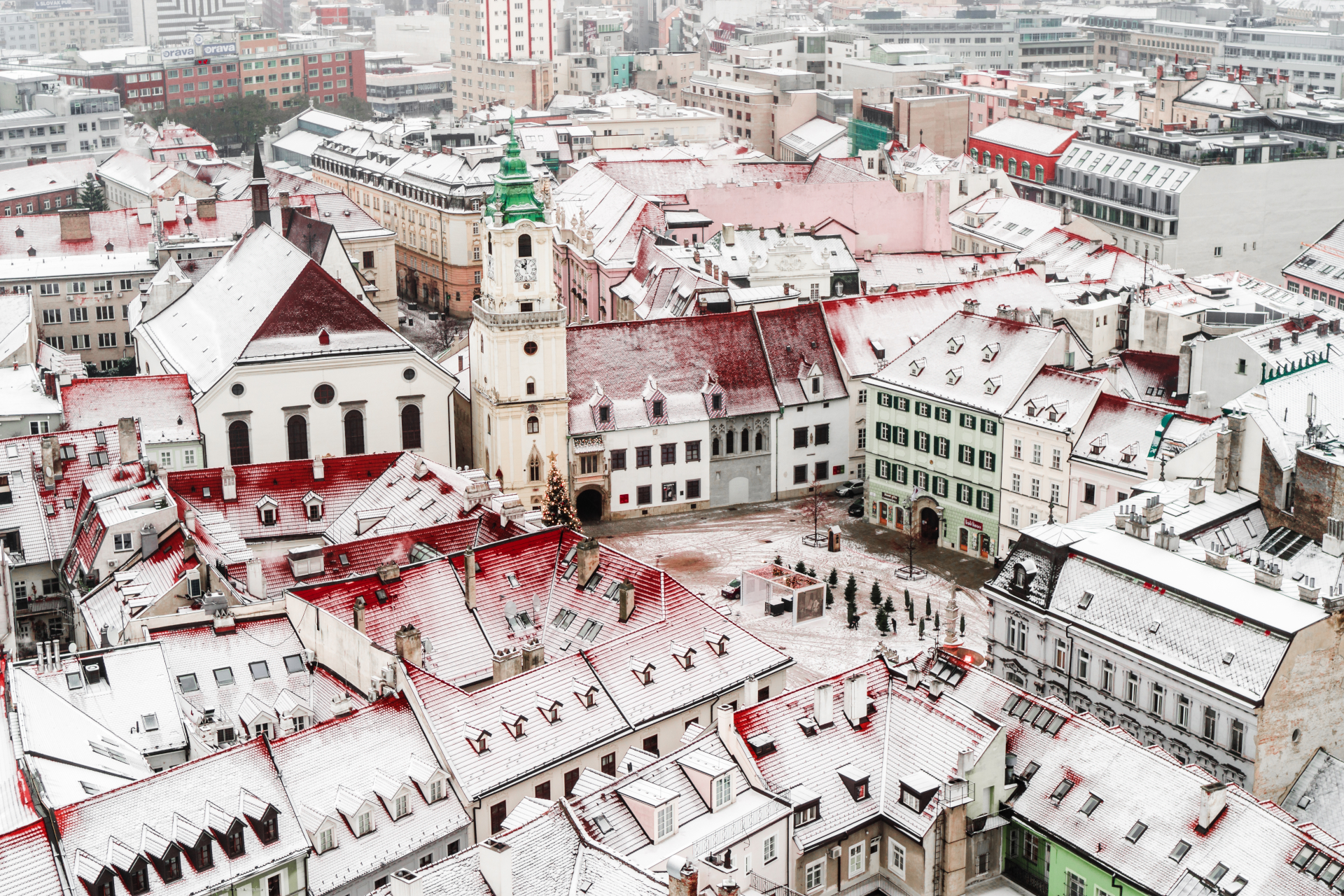
It was erected on today’s SNP Square at the instigation of the Czechoslovak Red Cross. It was an approximately 20 meter-tall hemlock from Železná studnička. It was a big event at the time, the cutting of the hemlock. The Christmas tree was even filmed (a big thing at the time). The tree was illuminated with military reflectors. The whole ceremony was organized by a charity, under the tree the organizers placed stands and donation boxes to support the poor. At that time, the people of Bratislava collected about 15,500 CSK from December 6 to 24, but they also contributed clothes and shoes. At that time, a kilogram of bread cost approximately 3 CSK, a kilo of flour about 4 CSK, a liter of milk about 2 CSK, a kilo of bryndza (sheep cheese) about 13 CSK, ten eggs from 8 to 9 crowns and, for example, a kilo of beef from 12 to 18 crowns.
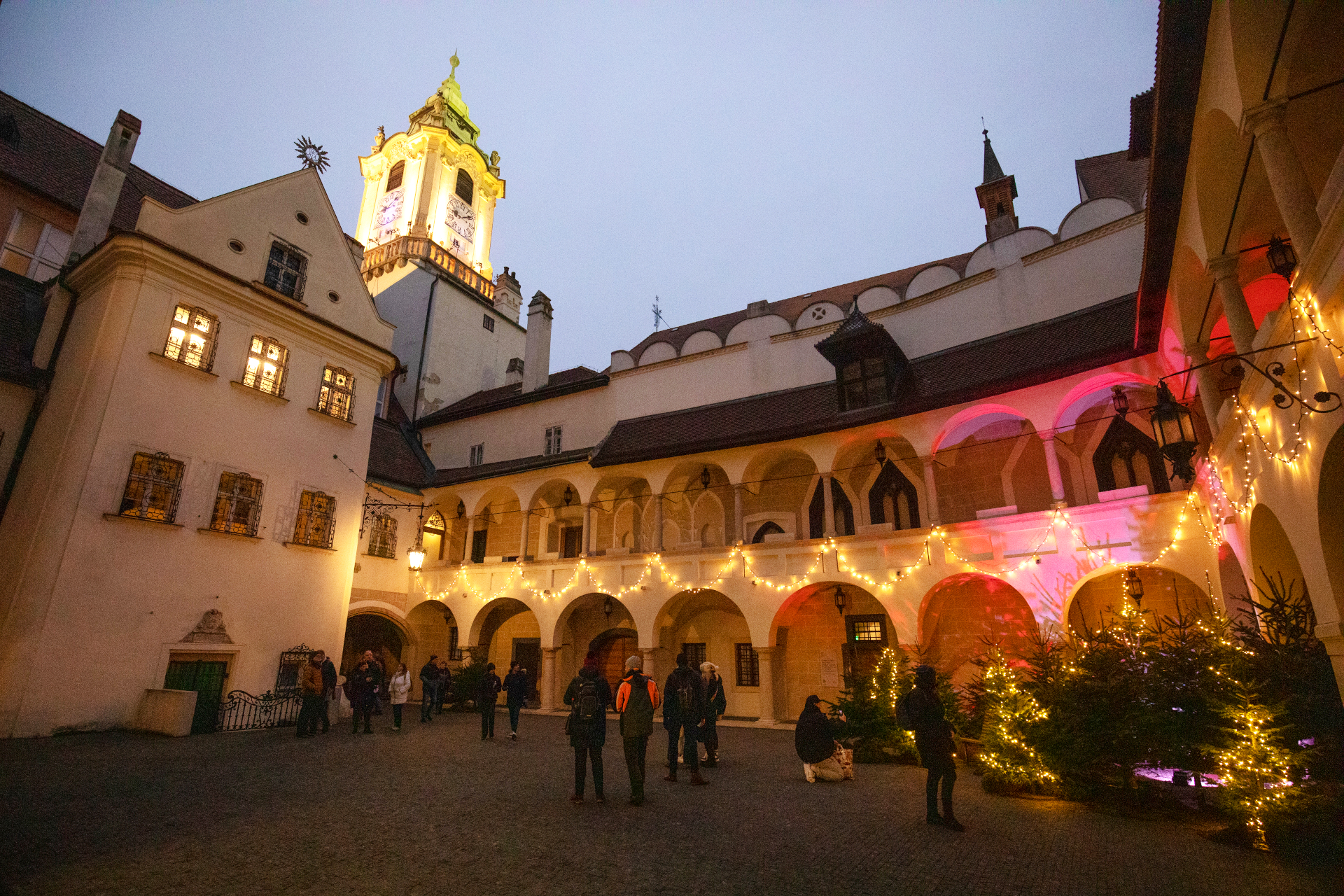
At present, several Christmas trees can be found all around Bratislava. The tallest of them stands on Hviezdoslav’s Square, another one in the historical city center on Main Square. Beautifully decorated trees can also be found in other parts of the city. Together with the rest of Christmas decorations, they add colour to the festive atmosphere.
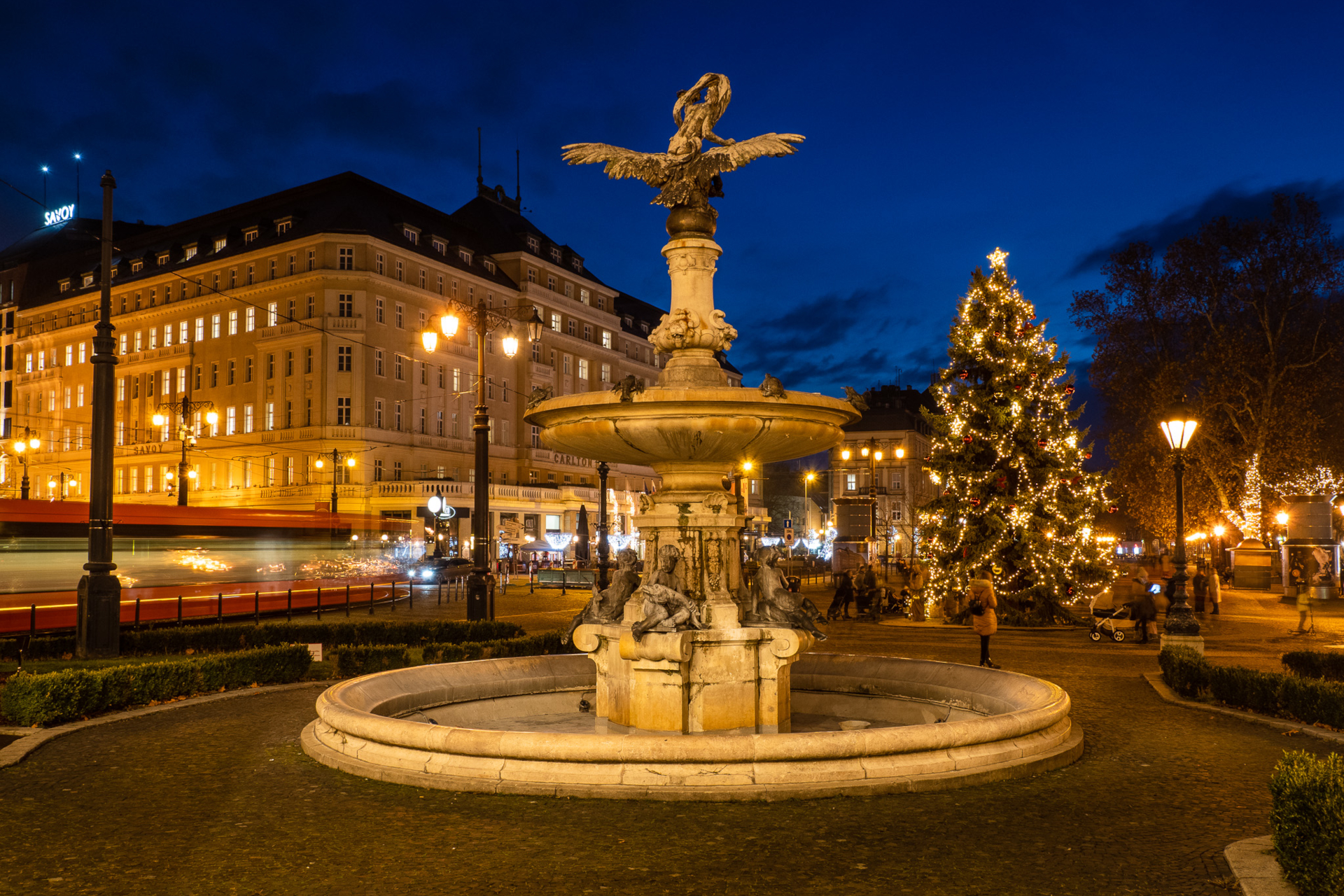
Although the Christmas decorations in the capital are more modest this year (more efficient LED bulbs were installed), they are still spectacular. The time to admire them will be shorter, as they will be put down from the streets a month earlier (around the Three Kings’ Day). Until then, the Christmas trams run around the city for free, pleasing old and young alike with their decorated exteriors and interiors.
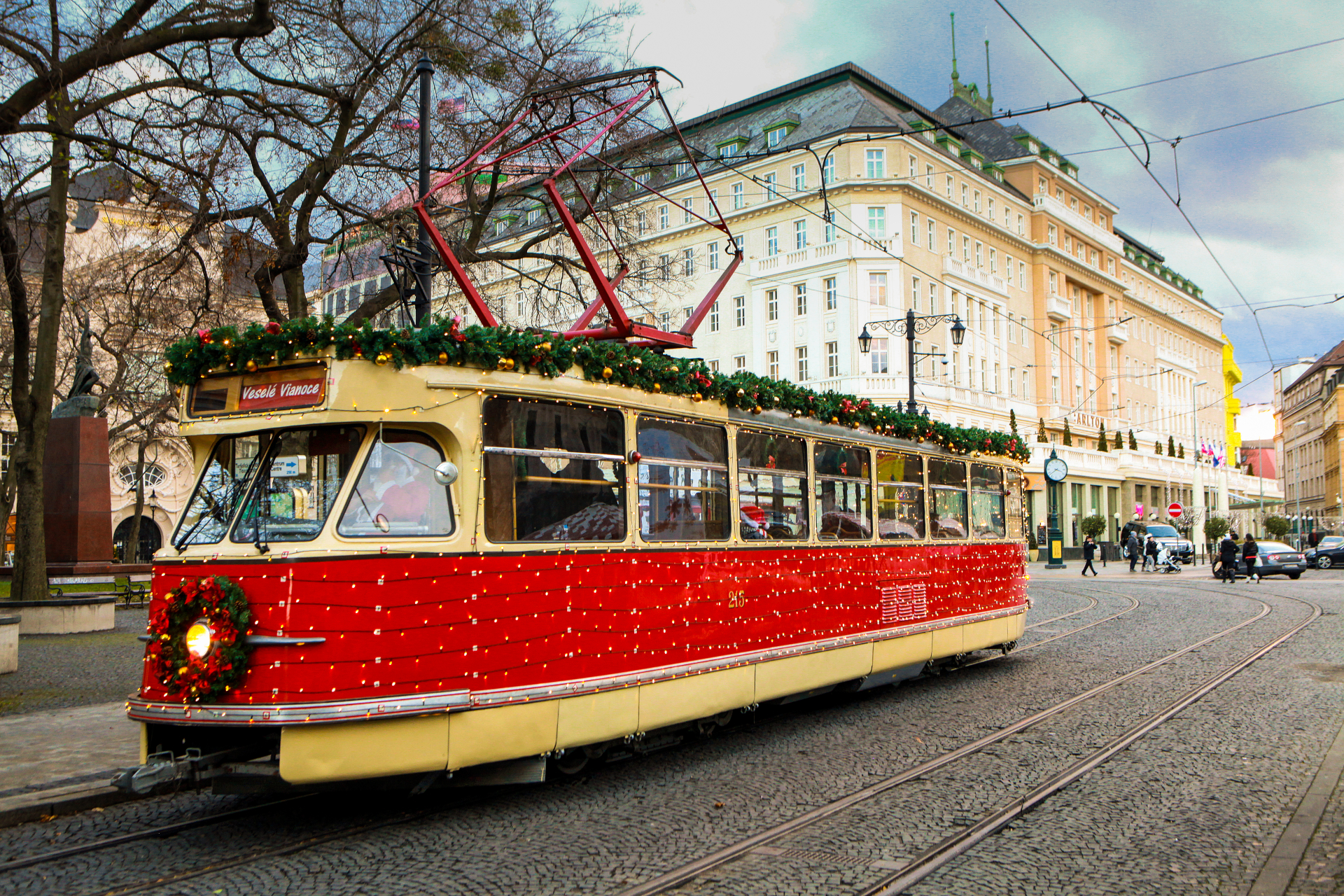
While basically all shops are closed on December 25, the city is gradually coming to life on 26th, the Saint Stephen’s Day. When the streets are deserted, you can explore many corners of the city all by yourself undisturbed by huge crowds. Christmas is perhaps the best time for a walk if you prefer peace and solitude. In addition, many shrines open their doors wide open during this period, whose timeless beauty and genius loci you can enjoy in a unique atmosphere.
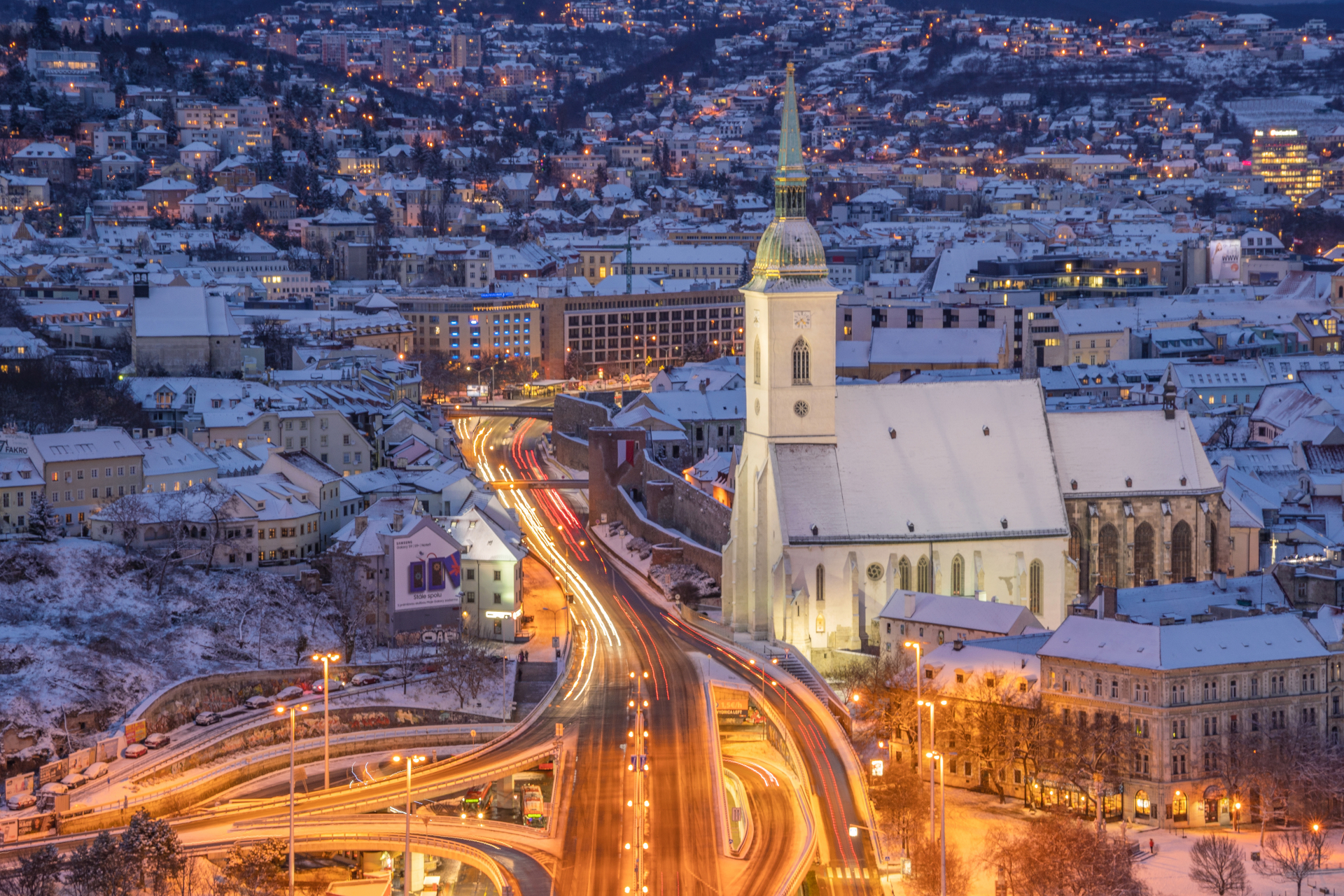
You can also go to the theatre, even the National Theater is open. The Nutcracker ballet fairy tale, which is inextricably linked to the Christmas season, is a must-see. In addition to the six dates in January, SNT will show two performances on December 26. The immortal story enchants children in particular, but the return to the world of fantasy is guaranteed to delight adults as well. The most famous Christmas story begins at eleven in the morning and at five in the evening.
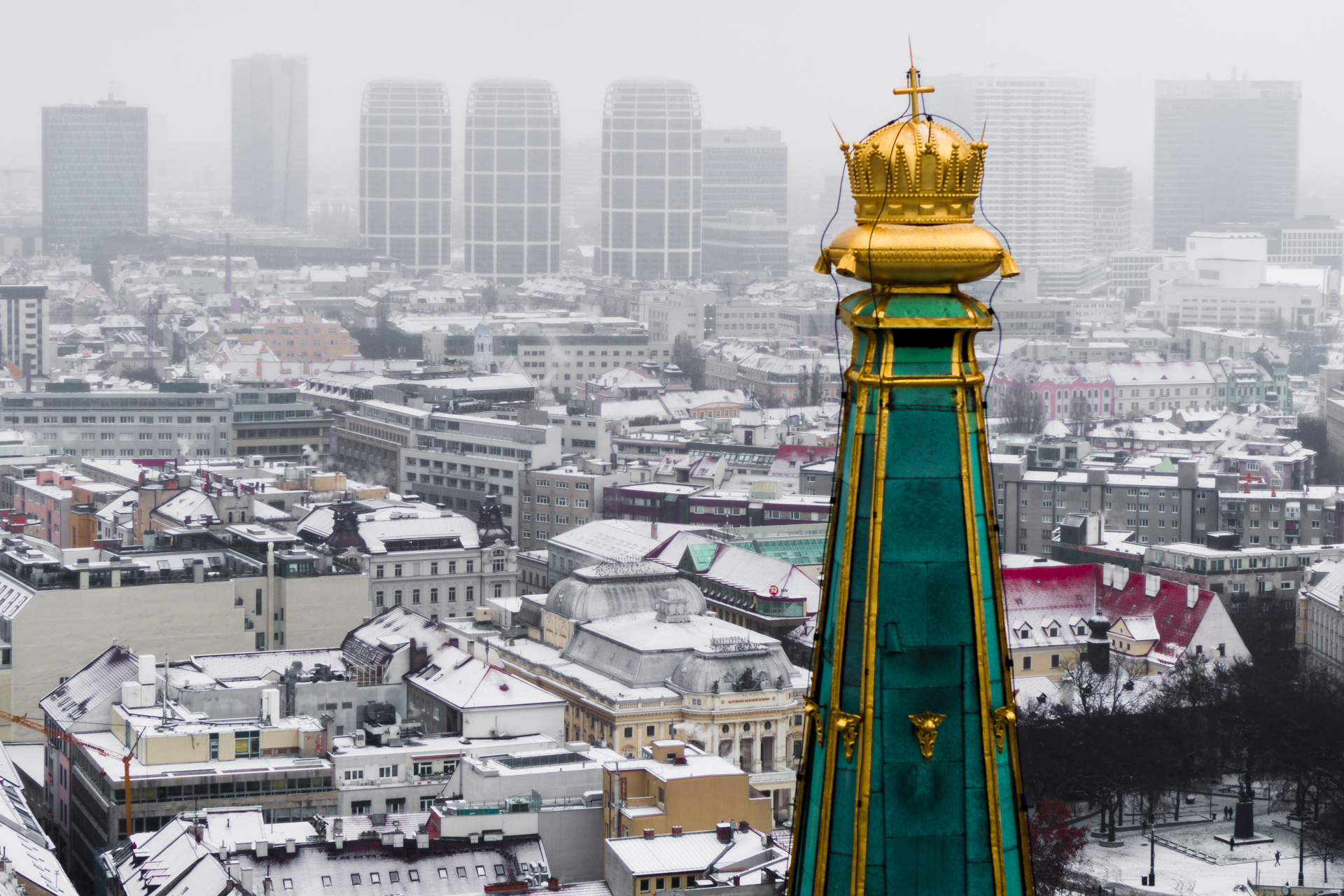
The most popular holidays of the year are a good opportunity to get out in nature. Head for Horský park, Kačín, Železná studnička or Kamzík. A nice walk in hilly terrain out in the fresh air will do you good after days of feasting. Around Christmas snow usually melts as it gets warmer. Whether you will see the city’s rooftops covered in December snow or not, the view will definitely be worth it.
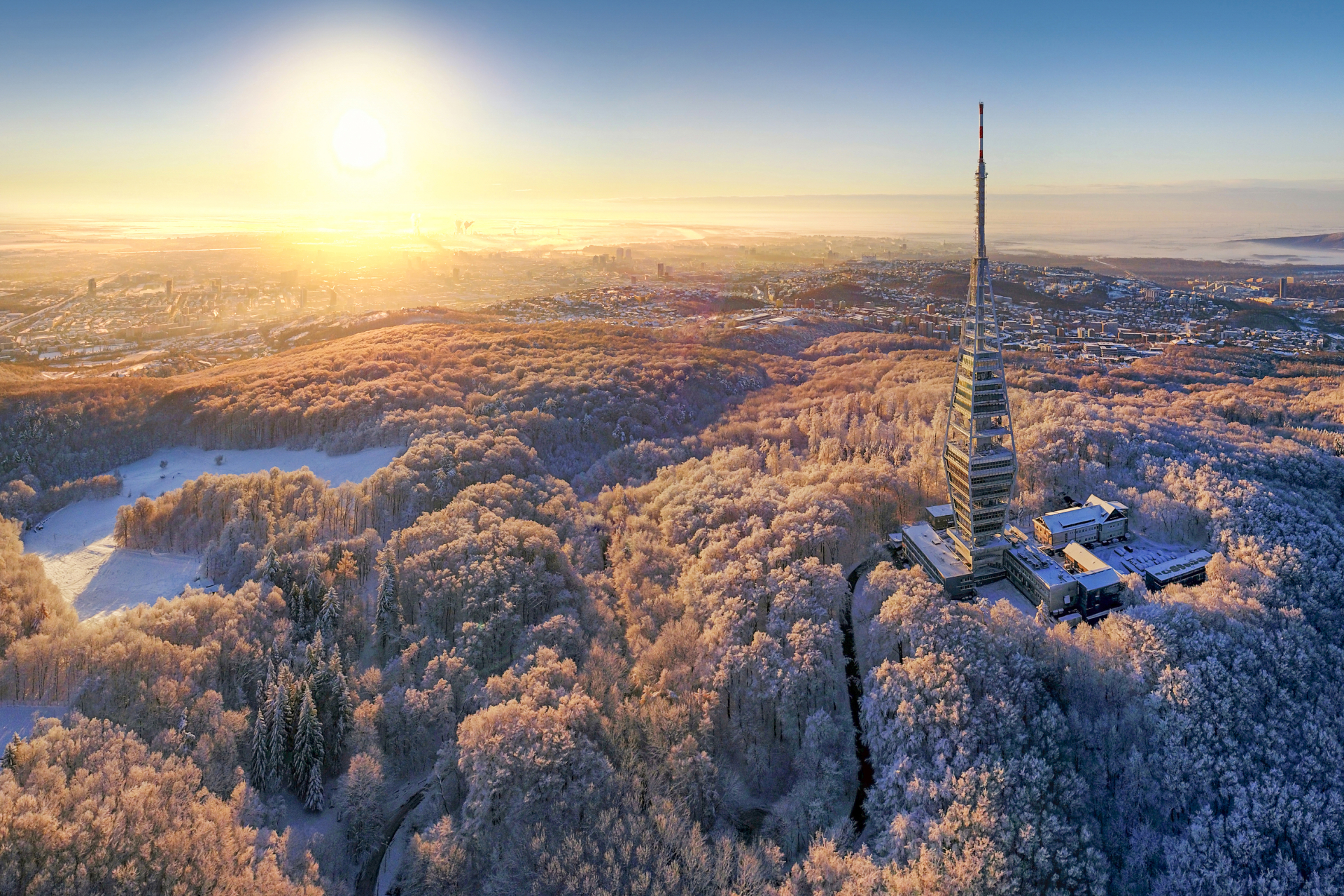
And what was a typical Christmas Eve like in a Bratislava bourgeois family? It started with a toast – a hot Christmas spirit and honey and garlic wafers. However, the locals used to warm themselves up with a warm wärmlich, which can be somewhat reminiscent of Central Slovakian hriatô, during the cold evenings all winter long, not only at Christmas. In the old Pressburg, the Christmas dinner table was once dominated by legume, cereals and porridge made from them. These included bean, lentil and oat porridge, but also Jesus’ porridge, which we know today as semolina porridge.
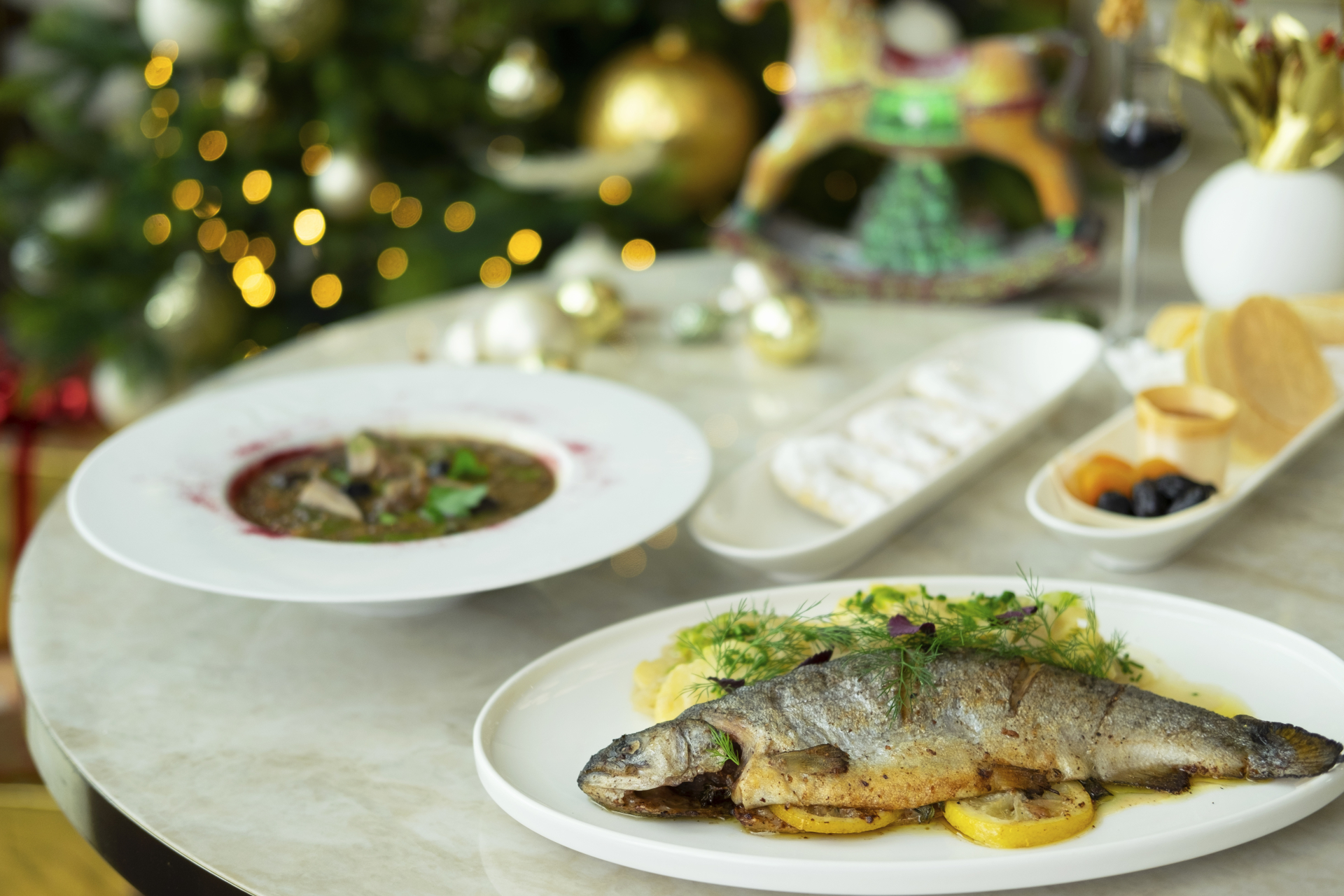
The townspeople later liked to eat sour soups, fish, pies with fillings, sweets, imported fruits, quality wine from local vineyards and liqueurs at Christmas table. Roast turkey, sausages, pates, game or pork were eaten on the first and second Christmas holidays. At that time, the people of Pressburg did not eat now typical cabbage soup, but a creamy fish soup instead. In evangelical households, the soup was also served with meat from boiled fish heads, tails, fins, skins, milk, eggs and liver. In Roman Catholic families, where fasting was observed, it was prepared without meat, for example with semolina. Root vegetables, fragrant spices or a little wine were key ingredients in the Christmas soup. Cakes were also a must. For example, Vajnory was famous for its strudels filled with nuts, poppy seeds, jam and curd.
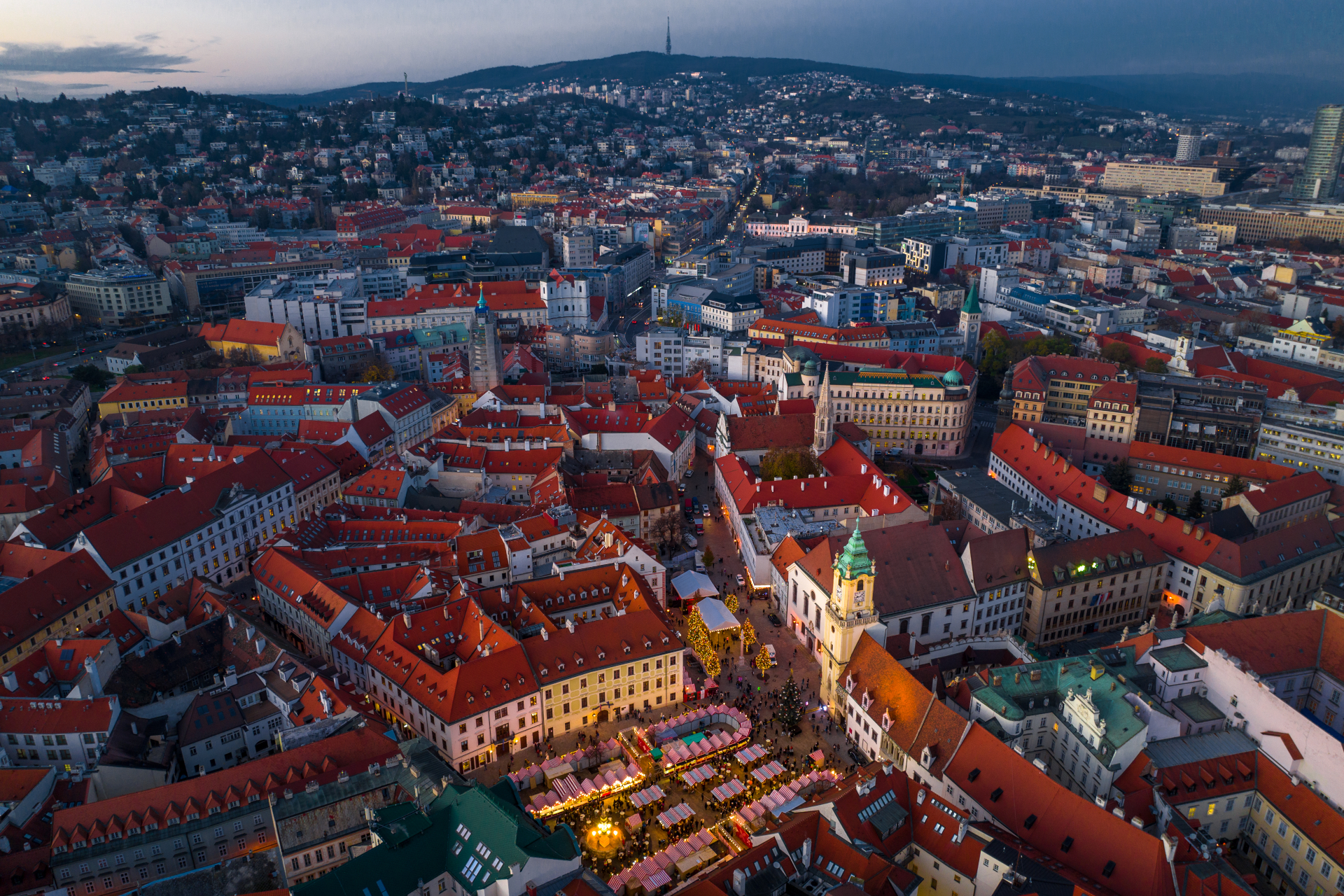
If you would like to recall the Christmas atmosphere that once reigned in Pressburg, try preparing some of the traditional local dishes. If you not feel like cooking, make sure to pop in one of the restaurants or pastry shops that offer the specialties of the Pressburg cuisine.
Many people, especially young people, also look for fast food stands in Bratislava during the holidays. If you feel like you need to take a break from the traditional Christmas goodies, feel free to browse the street kitchen offer.
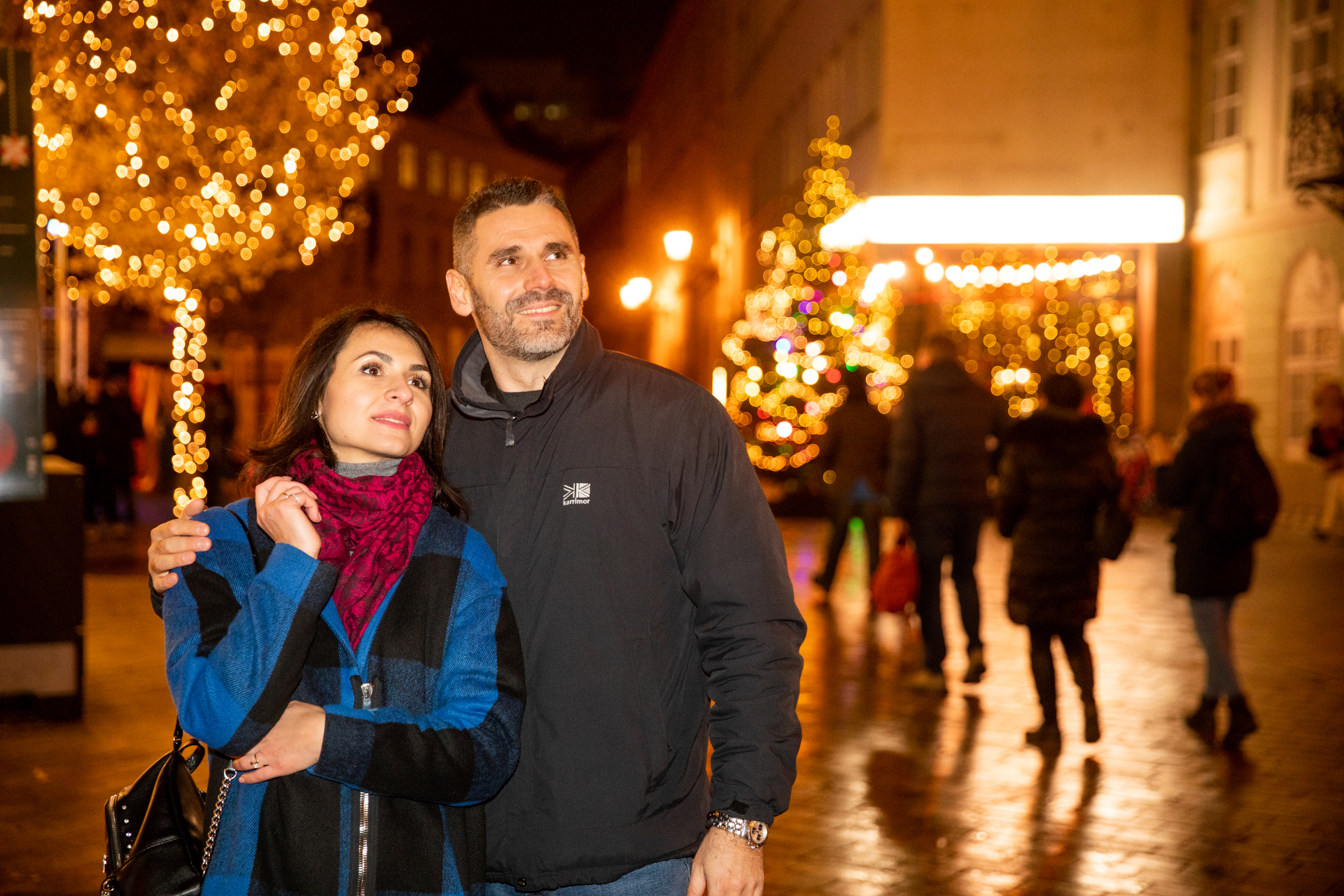
No matter how you spend the Christmas holidays and the New Year’s Eve, enjoy them to the fullest! Stay healthy, happy and cheerful.
